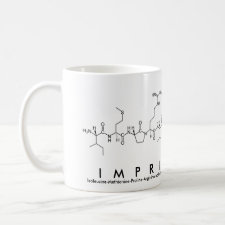
Authors: Gaudin V
Article Title: Advances in biosensor development for the screening of antibiotic residues in food products of animal origin - A comprehensive review.
Publication date: 2017
Journal: Biosensors and Bioelectronics
Volume: 90
Page numbers: 363-377.
DOI: 10.1016/j.bios.2016.12.005
Alternative URL: http://www.sciencedirect.com/science/article/pii/S0956566316312337
Abstract: Antibiotic residues may be found in food of animal origin, since veterinary drugs are used for preventive and curative purposes to treat animals. The control of veterinary drug residues in food is necessary to ensure consumer safety. Screening methods are the first step in the control of antibiotic residues in food of animal origin. Conventional screening methods are based on different technologies, microbiological methods, immunological methods or physico-chemical methods (e.g. thin-layer chromatography, HPLC, LC-MS/MS). Screening methods should be simple, quick, inexpensive and specific, with low detection limits and high sample throughput. Biosensors can meet some of these requirements. Therefore, the development of biosensors for the screening of antibiotic residues has been increasing since the 1980s. The present review provides extensive and up-to-date findings on biosensors for the screening of antibiotic residues in food products of animal origin. Biosensors are constituted of a bioreceptor and a transducer. In the detection of antibiotic residues, even though antibodies were the first bioreceptors to be used, new kinds of bioreceptors are being developed more and more (enzymes, aptamers, MIPs); their advantages and drawbacks are discussed in this review. The different categories of transducers (electrochemical, mass-based biosensors, optical and thermal) and their potential applications for the screening of antibiotic residues in food are presented. Moreover, the advantages and drawbacks of the different types of transducers are discussed. Lastly, outlook and the future development of biosensors for the control of antibiotic residues in food are highlighted
Template and target information: Review - biosensors for detection of antibiotic residues
Author keywords: biosensor, nanotechnology, antibiotic residues, screening, Food products



Join the Society for Molecular Imprinting

New items RSS feed
Sign-up for e-mail updates:
Choose between receiving an occasional newsletter or more frequent e-mail alerts.
Click here to go to the sign-up page.
Is your name elemental or peptidic? Enter your name and find out by clicking either of the buttons below!
Other products you may like:
 MIPdatabase
MIPdatabase









